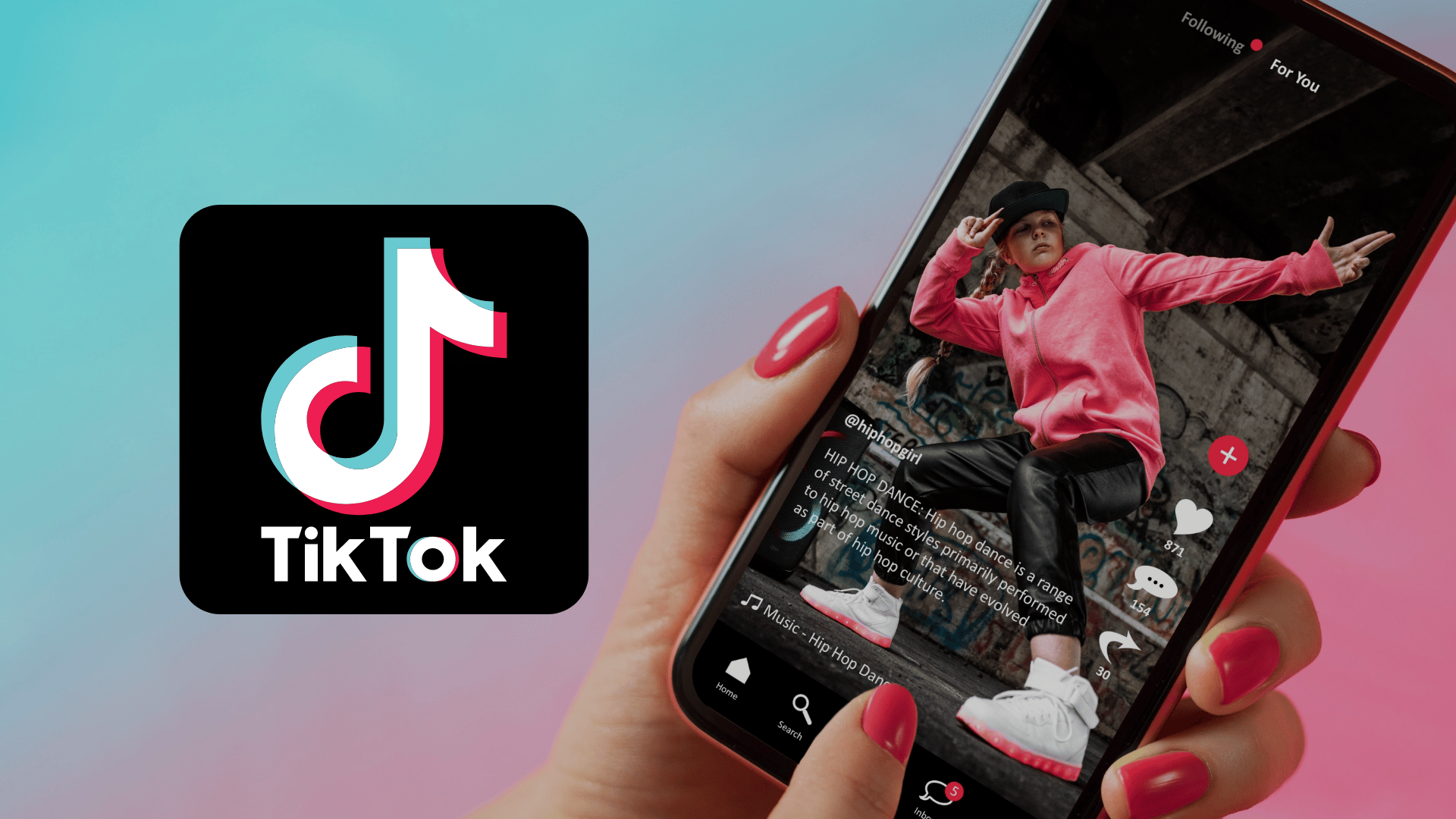⏱️ This post is part of a blog series, “Great Scott! The Future of Marketing is...” that will answer questions about marketing trends from emerging technologies to changing views about the role and purpose of marketing.
VR and AR: If you can Dream it, You Can Do Buy It
If you’ve been following this series, Great Scott! The Future of Marketing is…, you may have noticed one trend leading the pack. When it comes to the future of effective marketing, everything counts as an experience, and the experience is everything.
The best kinds of experiences are the ones that transport you to another world, enveloping your senses in a new reality and allowing you to momentarily escape your own. Consumers crave these kinds of immersive, high-quality experiences, and they don’t want to travel far to find them. With more options than ever before—and all accessible from the comfort of their couch—today’s consumer expects marketers to meet them where they’re at.
So how does one deliver immersive experiences to said couch? Meet your two new friends from the not-too-distant future: Virtual Reality (VR) and Augmented Reality (AR).
Virtual Reality (VR) describes an experience that takes place in a completely simulated environment in which one’s actions partially determine what happens next. Augmented Reality (AR) offers an interactive experience by superimposing computer-generated objects and graphics into a real-world environment. Up until now, smartphones and headsets have been the most common way of delivering these experiences.

Brands Using VR and AR in Their Marketing Strategy
When AR sensation Pokémon Go went viral in the summer of 2016, it quickly racked up 28.5 million users and became the most downloaded app of all time, topping international charts and grossing $100 million in a mere 20 days. Not bad for a free-to-play game.
Anyone half alive that summer felt its ubiquitous presence. There were collaborations with McDonald’s and Starbucks (remember the Pokémon Go Frappuccino?), and Spotify reported more than 200,000 playlists inspired by the game. As impressive as its reach was, Pokémon Go only scratched the surface of what can be accomplished with VR and AR.
From make-up and clothing to home improvement and décor, augmented shopping experiences are on the rise. According to the Virtual Reality Brand Power Index, 75% of companies on the Forbes World’s Most Valuable Brands list have incorporated VR and AR into their marketing strategy. These experiences improve buyer awareness, allow consumers to try before they buy, and provide endless customization options that let the customer take an active role in the design of their own products.

Major retailers like Topshop, Gap, Timberland, and others now offer AR fitting rooms so that customers can try on clothes virtually from the comfort of their home. Furniture shopping is probably the most widely known use of AR among consumers. The Ikea Place app lets users visualize how Ikea’s furniture will look in their home by virtually placing true-to-scale objects in their space.
VR and AR are ideal for specialized brands like The North Face, who offered shoppers the (virtual) experience of a lifetime with an app that simulated hiking through Yosemite National Park and Nepal. As you can imagine, people were inspired to explore, and ultimately purchase the required accessories.
The Future of Futuristic Marketing
As technology becomes increasingly savvy, so will consumers. Their expectations are already rising—more than 60% of shoppers say they prefer retailers that offer AR, and more than 70% perceive a brand that uses VR as forward-thinking.
Thanks to technological developments and lower production costs, VR and AR are now feasible and affordable options for most marketers. As we all become one with our couch in 2020, it’s a good time to consider how they might be incorporated into your digital marketing strategy. After all, the brands that innovate to exceed consumer expectations are the ones that prove they’re truly ahead of their time (or at least ahead of the curve).


-AK-148968-preview.png?width=842&height=310&name=1.01-1x1px-Embertribe-(Client-Services)-AK-148968-preview.png)










.png?width=810&height=810&name=TJ%20Jones%20-%20%20CoFounder%20EmberTribe%20(1).png)


%20-%20500x500%20-%20SP%20-%2045.01.png)
%20-%20500x500%20-%20SP%20-%2049.01.png)
%20-%20500x500%20-%20SP%20-%2057.01.png)


.png)